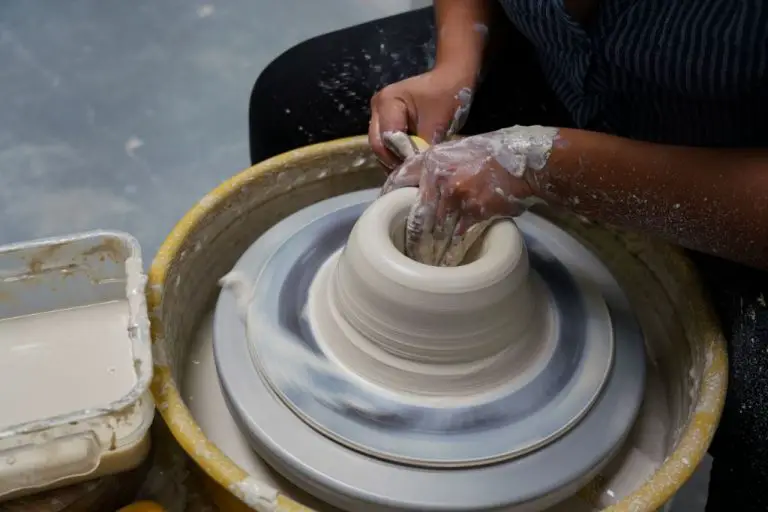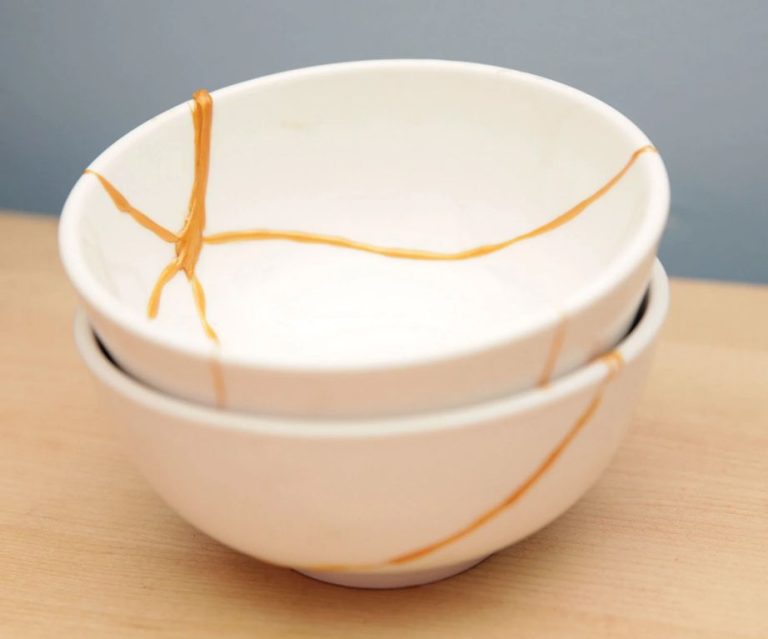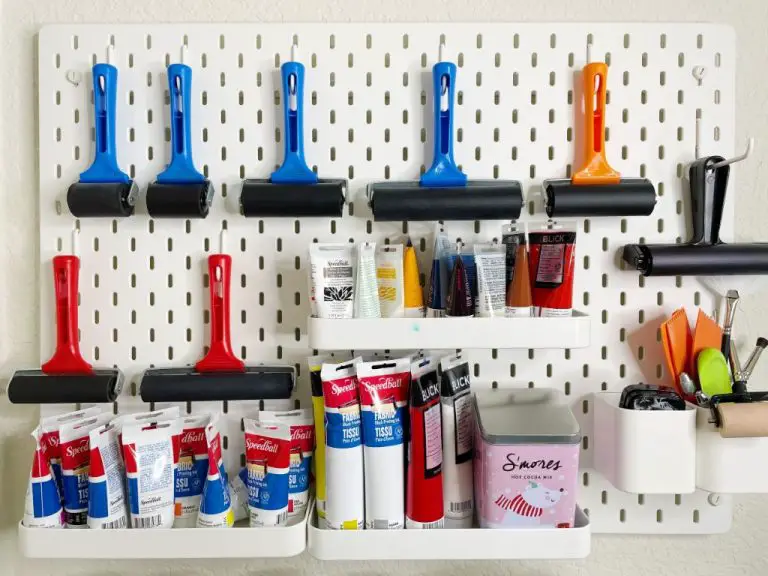What Is The Best Type Of Mug To Drink Coffee In?
Coffee mugs are one of the most ubiquitous and beloved drinkware items. According to industry statistics, the global mug market was valued at $31 billion in 2021 and is expected to grow to $44 billion by 2029. With over 60% of Americans drinking coffee daily, it’s no surprise that coffee mugs play an essential role in many people’s morning routines.
But not all mugs are created equal. The material, size, shape, and features of a mug can significantly impact the coffee drinking experience. In this comprehensive guide, we’ll explore the pros and cons of various mug materials and designs to help you determine the best type of mug for sipping your daily brew.
Ceramic Mugs
Ceramic mugs are one of the most popular options for drinking coffee. Ceramic is an inorganic, nonmetallic solid made up of metal, nonmetal or metalloid atoms primarily held in ionic and covalent bonds. Some of the pros of ceramic mugs include:
- Good heat retention – Ceramic is an excellent heat retainer which helps keep coffee hot for longer.
- Inexpensive – Simple ceramic mugs are very affordable compared to other options.
- Durable – Top quality ceramic is highly durable and can last for many years with proper care.
- Variety – Ceramic mugs come in countless shapes, sizes, colors and designs.
Some potential downsides of ceramic mugs are:
- Can break if dropped – Ceramic can chip or shatter if impacted against a hard surface.
- May retain smells and stains – The porous nature of ceramic can allow it to absorb smells and stains over time.
- Not ideal for travel – Ceramic mugs are generally heavier and can more easily break during transport.
Overall, ceramic remains one of the best materials for everyday coffee mugs due to its superior ability to retain heat, wide availability, affordability and huge variety of styles (source). With proper care, a quality ceramic mug can be enjoyed for coffee, tea or other beverages for many years.
Glass Mugs
Glass mugs are made from glass material, which makes them transparent and allows you to see the true color of your coffee. Some pros of glass coffee mugs include:
- Let you see and appreciate the color of your coffee
- Feel lightweight yet sturdy in your hand
- Allow you to monitor coffee levels
- Usually microwave and dishwasher safe
- Retain heat well to keep coffee hotter longer
However, there are some downsides to using glass coffee mugs:
- Can easily shatter if dropped
- Not as durable as ceramic mugs
- Can get very hot to handle when filled with hot liquid
- Usually smaller capacity than ceramic mugs
Overall, glass coffee mugs allow you to fully appreciate the aesthetics of your coffee while providing insulation to keep it hot. But they require more careful handling than ceramic mugs. Some popular glass coffee mug brands are Bodum, JoyJolt, and Ello.
Stainless Steel Mugs
Stainless steel mugs are a popular choice for drinking coffee and keeping it hot. They have a number of advantages:
According to Beckworth & Co., stainless steel is very durable and maintains its properties even with repeated use (https://beckworthandco.com/blogs/news/benefits-using-stainless-steel-cups). This makes stainless steel mugs long-lasting.
Stainless steel mugs are also good insulators, so they keep coffee hotter for longer compared to ceramic or glass. The metal helps retain heat.
In addition, stainless steel mugs are lightweight and portable. This makes them convenient to take on-the-go.
However, stainless steel mugs also have some disadvantages to consider:
According to posts on Quora, some people feel stainless steel can impart a metallic taste to coffee (https://www.quora.com/What-are-some-of-the-advantages-and-disadvantages-of-using-a-stainless-steel-travel-mug-instead-of-a-plastic-one). This may be undesirable for coffee purists.
Stainless steel does not allow you to see the color of the coffee as it brews. Ceramic and glass mugs allow you to observe the changing coffee colors.
Overall, stainless steel makes an excellent choice for its durability and ability to retain heat. But some may not like the obscured view of the coffee or potential metallic taste.
Plastic Mugs
Plastic mugs are common disposable cups made from materials like polystyrene or polypropylene plastic. They have some advantages but also notable disadvantages:
Pros of plastic mugs:
- Lightweight and portable
- Inexpensive and disposable
- Can be recycled in some cases (check if facilities exist in your area)
- Provide insulation to keep drinks hot or cold
- Easy to use with lids and straws
Cons of plastic mugs:
- Not as durable or sturdy as other materials
- Can leach chemicals into hot liquids over time
- Majority end up in landfills; not widely recyclable
- Contribute to plastic pollution and environmental issues
- Can impart a plastic taste to drinks
- Limited reuse compared to other mugs
Overall, plastic mugs are convenient and affordable for one-time or limited use. But for regular coffee drinking, reusable mugs made of ceramic, glass or metal are more sustainable and better for long-term use.
Insulated Mugs
Insulated mugs are designed to keep drinks hot or cold for extended periods of time. They have double-walled insulation and an airtight lid to prevent heat transfer. Some of the pros of insulated mugs include:
- Keeps coffee hot for hours – Insulated mugs can keep coffee above 140°F for 3-4 hours or more, allowing you to sip a hot drink over a longer period of time. This helps retain the flavor and aroma of the coffee as well.
- Prevents burns – The outer wall of the mug stays cool to the touch even when filled with piping hot coffee. This helps prevent accidental burns.
- Convenient for commuting – Insulated mugs are ideal for taking coffee to-go during a commute or while running errands, allowing you to enjoy a hot drink whenever needed.
Some potential drawbacks of insulated mugs include:
- Heavier weight – Insulated mugs are often heavier than regular ceramic mugs due to their layered construction.
- Trickier to clean – Condensation and coffee oils can build up in the narrow space between the inner and outer walls. Thorough cleaning requires some effort.
- Can alter taste – The stainless steel lining can impart a metallic taste after prolonged use if not cleaned regularly.
Overall, insulated mugs are a convenient option for keeping coffee hot for hours while on-the-go. With proper care and cleaning, they can provide an enhanced coffee drinking experience.
Mug Materials Comparison
When choosing a mug material, key factors to consider are heat retention, durability, weight, aesthetics, and safety. Ceramic and porcelain mugs retain heat very well but can chip or break if dropped. Glass mugs allow you to see your coffee but can break easily. Stainless steel has excellent durability but lower heat retention. Plastic retains some heat but is lightweight and often the cheapest option. No material is perfect, so choose based on your priorities.
Porcelain and ceramic mugs are similar – both made from clay and fired in a kiln. Porcelain contains higher-quality clay and is fired at higher temperatures, making it more delicate, dense, and translucent compared to standard ceramic. Ceramic is heavier and more durable. Both materials are excellent insulators that keep coffee hot for a long time. However, they chip and break relatively easily. Porcelain is considered more elegant and refined.
Glass and plastic mugs are on the opposite end of the spectrum – lightweight and less prone to breaking, but they lose heat quickly. Glass allows you to see the color of your coffee, while plastic is cheap but retains some smells and stains over time. Neither material excels at heat retention.
Stainless steel offers the ultimate durability and decent insulation. Stainless steel mugs are virtually unbreakable and keep coffee warm for hours. However, the metal exterior quickly absorbs the surrounding temperature. The material is not as elegant as porcelain or ceramic.
No mug perfectly balances aesthetics, performance, and durability. Prioritize heat retention and sturdiness for daily home use. Opt for glass or plastic travel mugs. Consider material, thickness, size, shape, grip, and price when choosing the optimal mug for your needs.
Factors to Consider
When choosing the best type of mug for drinking coffee, there are several key factors to consider:
Hand Feel
How a mug feels in your hand is an important but often overlooked factor. Ceramic and glass mugs tend to have a smooth, sleek feel, while stainless steel can feel slippery. Tactile details like curved handles can make a mug more comfortable to grip. The texture and weight of a mug also impacts how it feels to hold.
Durability
Consider how well the mug will withstand daily use and accidental drops. Ceramic mugs can chip and break if dropped. Stainless steel is highly durable, and some glass mugs are made from tempered glass for added resilience. Plastic mugs are lightweight but prone to cracks over time.
Insulation
Insulated mugs with double walls and vacuum sealing can keep coffee hot for hours, while non-insulated ceramic and glass lose heat quickly. Stainless steel offers moderate insulation. If you’ll drink your coffee right away, insulation may not be a priority.
Aesthetics
Mugs come in endless shapes, colors, and designs. Ceramic lends itself to colorful glazes and patterns. Glass and stainless steel offer sleek, modern styles. Consider if you want a mug that makes a visual statement or blends with your existing kitchenware.
Recommendation
Based on the research, the overall best material for coffee mugs is ceramic. Ceramic mugs are commonly recommended by experts for several reasons:
Ceramic retains heat very well which keeps coffee hot for longer. Ceramic also cools down gradually so it won’t burn your hands. The smooth glazed surface is easy to clean and sanitize (cite: https://www.coffee-prices.com/best-material-for-coffee-mug/).
Ceramic mugs come in many stylish designs and colors to suit different tastes. They are inexpensive, durable, and environmentally friendly. Ceramic is generally considered safe and inert so it won’t impact coffee’s flavor (cite: https://www.fnb.co.id/sipping-in-style-how-to-select-best-material-for-your-coffee-mug/).
The main downside is ceramic can chip or crack if dropped. However, with proper care ceramic mugs can last for many years. For those seeking an affordable, stylish, and high performing coffee mug, ceramic is the best overall choice.
Conclusion
In conclusion, there are several factors to consider when choosing the best type of mug for drinking coffee. Ceramic mugs are attractive and ideal for slow, relaxed sipping, but they chip easily and can burn your hands. Glass mugs allow you to see the coffee color but can break if dropped. Stainless steel travel mugs have excellent insulation but impart a metallic taste. Plastic mugs are inexpensive and portable but stain easily and leach chemicals. Insulated mugs keep coffee hot for hours but condensation can be an issue.
For most people, an insulated ceramic mug is likely the best all-around choice. The ceramic prevents strange tastes while the insulation keeps the coffee hot. Just be sure to get one with a secure lid to prevent spills. In the end, choose the mug that best fits your specific needs and coffee drinking habits.





